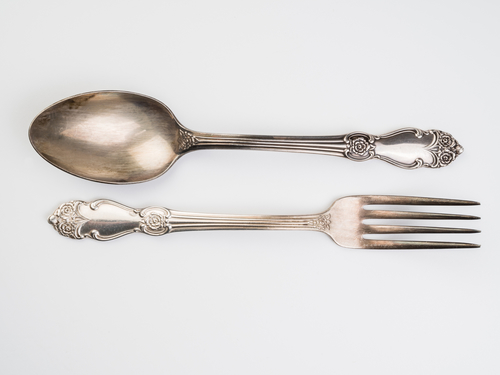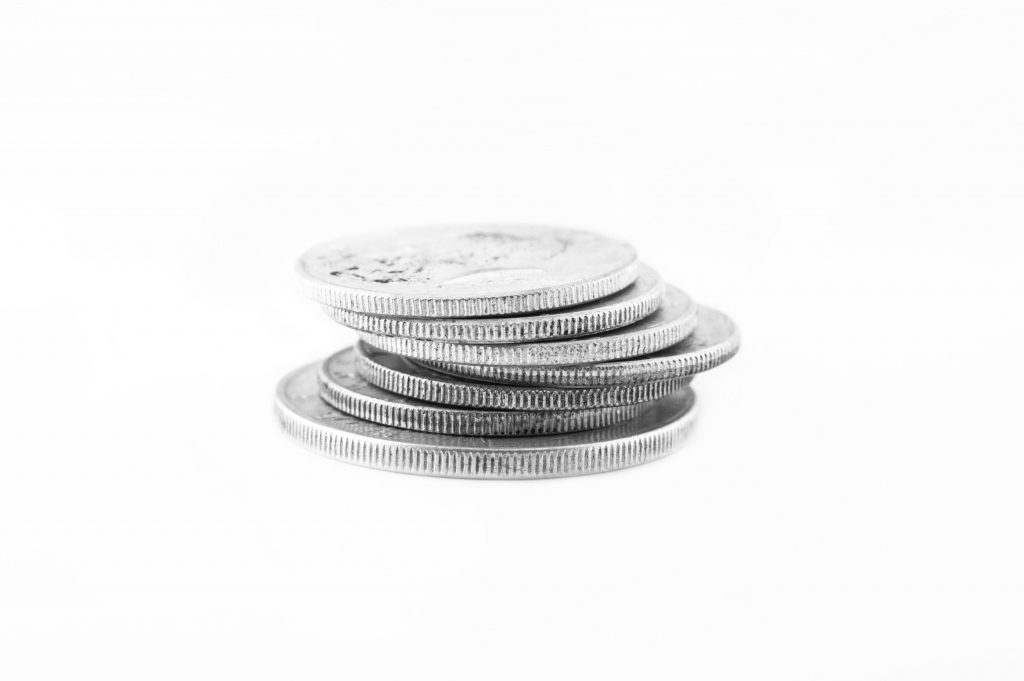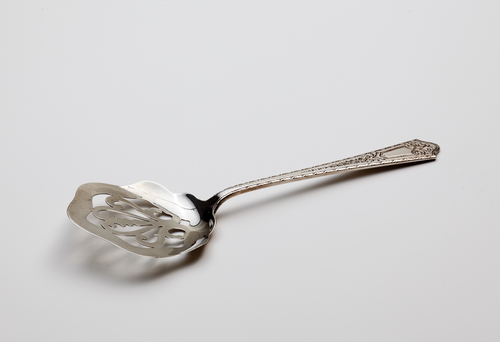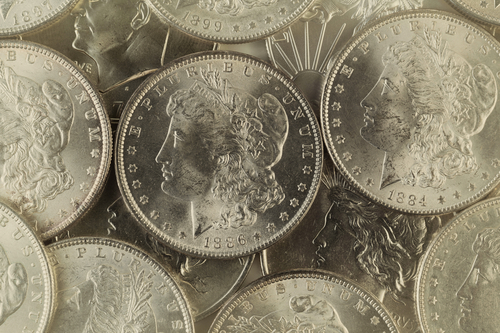Silver is a great way to keep your money relatively safe and free of devaluation. However, the value of your silver may vary, depending on the purity and form that your silver is in. We are going to give you a broad sense of different types of silver, as well as the prices you may expect if you intend to sell it for cash.



Spot price
Before we delve into the matter, we need to determine what spot price is. It is the current price of a commodity (in this case, silver) for which it is being bought and sold on an open market. For precious metals, spot prices vary minute to minute while stock markets are open, and a final “closing price” is recorded at the end of trading. The spot price will be used to determine the basic value of the amount of silver in a piece by weight and purity, no matter what form it takes. However, some silver items may have a value beyond the silver weight.
Silver investment coins
Also known as “Bullion Coins,” these coins are minted by various mints, either private or government, and are typically made of the purest form of silver – .999 silver, which stands for 99.9% pure. These coins are designed to be traded based on the spot price as a commodity. When buying, you can expect to pay spot price or a little more. When selling, you can expect to receive spot price or a little less. There are not many rare collectable coins in this category, since they are mass produced with the intent to be traded based on the current market value.
Silver bullion bars
Similar to the investment coins, silver bars are typically made of .999 pure silver. They are traded based on current spot price and are easy to buy and sell. Silver bars may be traded for slightly less than coins, as they are generally considered to hold less beauty and prestige as investment coins.Currency coins, AKA Junk silver
The term ‘junk silver’ may sound derisive at first, but it is just used to categorize a large group of common silver coins that were once used as currency. Coins minted in the USA prior to 1960 fall into this category, as well as many other foreign coins minted under the gold standard. All dimes, quarters, half-dollar coins and silver dollars were all minted with 90% pure silver. The coins were minted in the millions and thus tend to be common and worn. They are traded for their weight based on the spot price, much like bullion coins and bars. However, some rare and collectable coins can be found among the “junk silver” which fetch higher prices.Sterling flatware and jewelry
This category is probably the most prevalent. Sterling silver is the most commonly found type of silver. A wide range of jewelry, flatware, tea sets and other objects is typically made of this type of silver. It can be identified by the well-known 925 stamp. That means that 92.5% of the metal is pure silver, and the remaining 7.5% are some other metal, typically copper. If you want to sell sterling silver flatware or jewelry in San Diego, you can expect to receive the silver value based spot price, minus a small discount, at the minimum. However, there is a wide market for many types of sterling jewelry, flatware and tea sets, with age, maker, design, condition and completeness affecting value. It is prudent to sell your silver to a knowledgeable buyer who can make the distinction between what is valued for more than its silver weight, and what isn’t.
Numismatic Coins
The study of rare or collectable coins that have value beyond their metal weight is called Numismatics. A numismatic coin is often made of silver or gold, but not always. The price of these coins comes much less from the metal content than from the history, rarity, condition and desirability of the coin to collectors. A common example of a numismatic coin is an old US Morgan silver dollar. They are fairly common coins, but still trade for a little more than their silver value due to collectability. Rare examples can fetch hundreds or thousands of dollars. When selling silver coins, it is prudent to sell to a dealer who has knowledge of numismatic values so that you will receive the best value for your items. Whether you think a coin is collectable or not, a good, knowledgeable dealer will let you know if you have something worth more than silver, and pay accordingly. Attempting to sell it to a pawn shop or a silver smelter is probably a bad idea, since it is unlikely they will be trained to spot any numismatic value in your coins.Sell Sterling Silver Flatware in San Diego
Selling your silver for cash isn’t as simple as it seems at first. That’s why you need to find a reliable partner for these kinds of transactions. When trying to sell sterling silver flatware in San Diego, be sure to contact Leo Hamel Jewelry Buyers for the most reliable transactions. Visit our jewelry buying office on San Diego Avenue or contact us via the internet for more locations throughout San Diego County.Share
Leo Hamel



